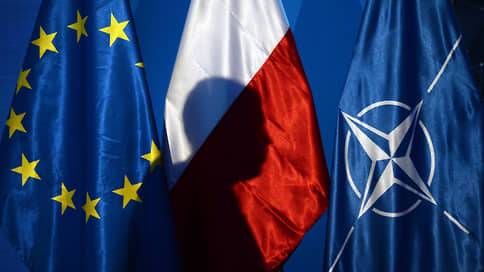accessibility, efficiency and prospects of technology

In Russia, over five years, the availability of the extracurporeal fertilization procedure (IVF) increased by almost 50%, said the head of the Ministry of Health Mikhail Murashko. Today in the Russian Federation more than 100 thousand such procedures are carried out annually, about 30% of them ends successfully. Technologies become “routine treatment methods,” said the head of the Ministry of Health. Experts confirm the increase in the availability and effectiveness of this method of treatment of infertility. The authorities should ensure equal access to all patients to high -tech care, they pay attention to.
The availability of extracorporeal fertilization methods for Russians over the past five years increased by 46%, the head of the Ministry of Health Mikhail Murashko said on June 3. Today, more than 100 thousand infertility treatment procedures are held at the expense of compulsory medical insurance, in which the fertilization of the egg with a sperm occurs in the laboratory conditions. Such technologies are included in practice and become “routine methods of treatment,” said Mr. Murashko.
The effectiveness of the procedures is also growing: annually, according to Mikhail Murashko, more than 30 thousand children are born. Such a result was achieved by increasing financing of this direction of medical assistance in the state guarantee program, Kommersant explained to the Ministry of Health.
One IVF cycle for compulsory medical insurance costs the state an average of 100 thousand rubles, the cost can vary depending on the clinic and additional services. According to the policy, you can perform up to four free IVF procedures.
According to the President of the Russian Association of Reproduction of Human, Vladislav Korsak, at the expense of compulsory medical insurance in 2025, 104 thousand medical cycles with the use of ARTs (auxiliary reproductive technologies) will be carried out – this is about half of all such procedures in the country. Since 1995, the organization has collected information about more than 1.7 million cycles, during which time 500 thousand children were born at the expense of the VTR. “But these figures themselves do not allow us to conclude about the availability of this type of medical care to the population,” says Vladislav Korsak. “This indicator can be considered the number of medical cycles per 1 million population. The average European number is 1.5 thousand, we have 1.1 thousand cycles, but this is data for 2022 (more fresh data has not yet been published. « Kommersant »). In two years, the number of procedures has grown. This is a very worthy indicator. ”
Obstetrician, reproductologist of the Center for Health, Family and Reproduction of Medicine JSC (Academician Roitberg Clinic), Ekaterina Varlamova, connects the growth of IVF efficiency with the expansion of access to the procedure at the expense of the OMS programs, the earlier treatment of pairs with the problems of fertility, improvement of the causes of infertility and the general growth in qualification of specialists. “In Moscow, for example, patients can receive both IVF for compulsory medical insurance, and undergo a complete examination and preparation at a high level,” says Ms. Varlamova.
The reproductologist Victoria Shustova clarifies: modern incubators with a medium control system (PH, oxygen and CO2) allow embryos to develop in conditions as close as possible to natural. The use of preimplantation genetic diagnostics helps to select genetically healthy embryos, which increases the chances of pregnancy and reduces the risk of miscarriage. The selection of stimulation schemes individually for a woman, taking into account her age, hormonal profile and ovary reserve, improves the quality of the eggs. Modern methods of cryoponservation allow you to preserve embryos without losing their quality, which helps when transferring to a more favorable cycle, says Mrs. Shustova.
Today, parents can become pairs with those diagnoses, which until recently were considered almost hopeless, emphasizes Ekaterina Varlamova. We are talking about patients with severe forms of infertility, genetic disorders or complex concomitant diseases. Victoria Shustova also speaks of patients of senior reproductive age, as well as women and men with cancer. In the presence of frozen material or with the preserved spermatogenesis, it is possible to get pregnant after remission, the expert says.
In addition, men with severe forms of Azoospermia (lack of spermatozoa in ejaculate) and genetic pathologies can become fathers.
It is important that patients throughout the country have equal access to high -tech assistance and IVF technology, Ekaterina Varlamova pays attention to. Also, she says, in Russia it is necessary to continue to develop diagnostics and an interdisciplinary approach. Victoria Shustova indicates that the chances of success depend on the age of the woman, the causes of infertility and health status. On average, it says, the effectiveness of one eco-cycle is 35–45% in women under 35 and up to 15% in women over 42 years old, often several attempts are needed. “Each story of conception with the help of IVF is not just a medical case,” Ms. Shustova summarizes. “This is the story of faith, patience and desire to become parents, no matter what.”








